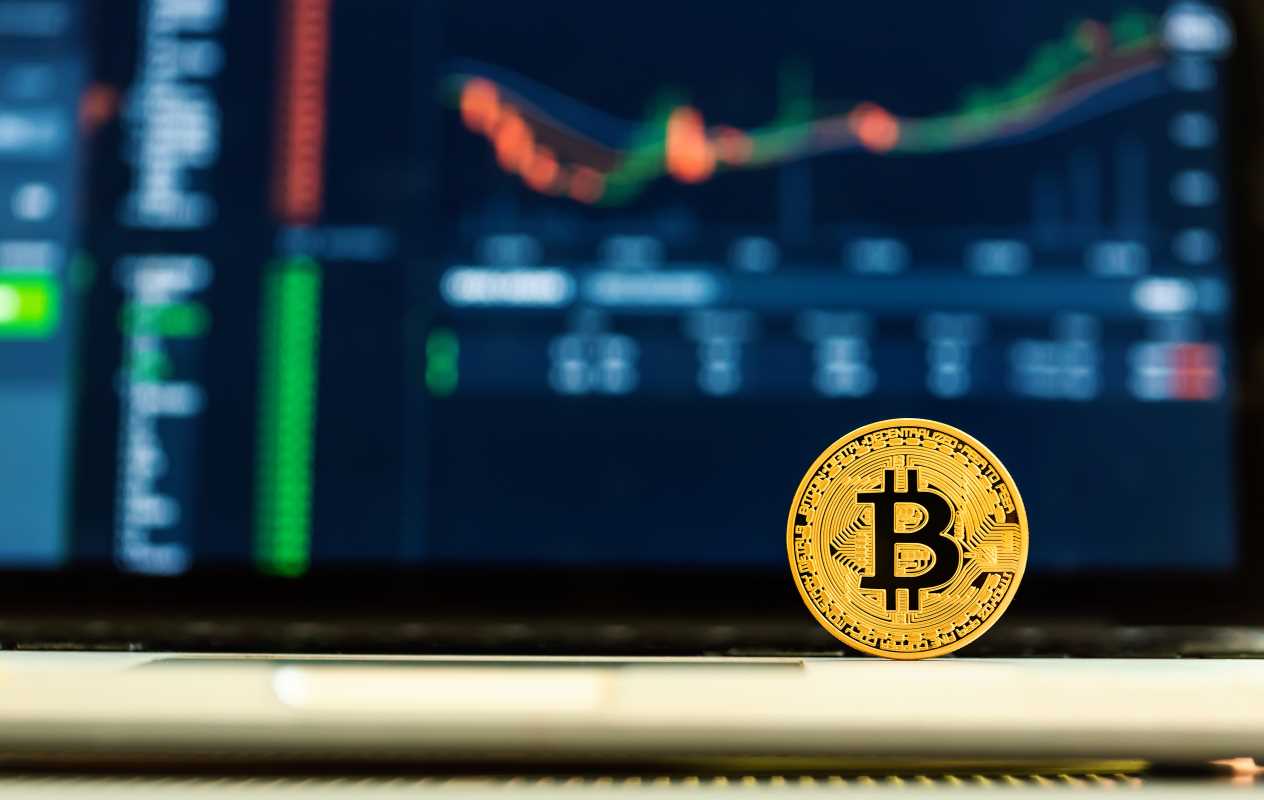Integrating Non-Fungible Tokens (NFTs) into the art world has changed how artists and collectors interact with digital and physical art forms. This change has introduced new creative expression methods and reshaped the financial dynamics within the art market. Artists now have the chance to innovatively make money from their work, while collectors gain access to a diverse and growing portfolio of art assets. Understanding the financial landscape of NFTs in art is essential for both creators and investors who navigate this emerging market.
The rise of NFTs has brought about significant changes in how art is bought, sold, and valued. This article delves into the current state of the NFT market, examines the benefits and challenges artists face, explores collectors' perspectives, and discusses the integration of blockchain technology. By analyzing these aspects, we aim to provide a comprehensive overview of the intersection between finance and art in the context of NFTs.
The Current State of NFTs in Art
- The NFT art market has experienced exponential growth, with sales reaching billions of dollars in recent times.
- Major artists and celebrities have entered the space, increasing mainstream awareness and participation.
- Technological advancements have made it easier for artists to create and sell NFTs, lowering the barrier to entry.
- Environmental concerns regarding blockchain energy consumption have sparked debates and led to the development of more sustainable practices.
- Global participation has expanded, with artists and collectors from diverse backgrounds contributing to the market’s vibrancy.
Benefits and Challenges for Artists
- Benefits: Direct monetization: Artists can sell their work directly to collectors without intermediaries, increasing their revenue share.
- Royalties: Smart contracts enable artists to receive royalties on secondary sales, providing ongoing income streams.
- Global exposure: NFTs allow artists to reach a worldwide audience, enhancing their visibility and potential market reach.
- Challenges: Market volatility: The fluctuating value of NFTs can create financial uncertainty for artists relying on sales.
- Technical barriers: Understanding blockchain technology and managing digital wallets can be daunting for some artists.
- Copyright issues: Protecting intellectual property in the digital realm remains a complex and unresolved issue.
The Collector's Perspective
Collectors view NFTs as art acquisitions and investment opportunities. Diversifying their portfolios with digital assets can potentially yield high returns, especially as the NFT market continues to develop. Investment approaches often involve purchasing works from emerging artists or investing in established creators with a proven track record. Some collectors engage in trading NFTs, taking advantage of market fluctuations to maximize profits.
This approach carries inherent risks. The NFT market is still relatively new and highly speculative, making it susceptible to rapid changes in demand and value. Regulatory uncertainties and potential market saturation further complicate investment decisions. Collectors must conduct thorough research and stay informed about market trends to manage these risks effectively.
Integrating Blockchain Technology
The adoption of blockchain technology plays a crucial role in shaping the financial landscape of NFTs in art. Blockchain ensures the authenticity and provenance of digital artworks, providing a transparent and immutable record of ownership. This technology facilitates secure transactions and builds trust between artists and collectors by eliminating fraud and counterfeit issues.
Blockchain enables the implementation of smart contracts, which automate processes such as royalty payments and ownership transfers. This automation reduces administrative burdens and ensures that artists receive fair compensation for their work over time. Thus, the seamless integration of blockchain with NFT platforms plays a vital role in enhancing the efficiency and reliability of the art market.
Opportunities and Challenges in the NFT Market
The proliferation of NFTs in art presents numerous opportunities for innovation and growth. Artists can experiment with new forms of digital expression, while collectors enjoy a broader and more varied range of art investments. The global reach of NFTs also creates a more inclusive and accessible art market, breaking down geographical and economic barriers.
Despite these opportunities, the NFT market faces significant challenges. Regulatory frameworks are still evolving, creating uncertainty for participants. Issues related to digital rights management and environmental sustainability need to be addressed to ensure long-term viability. The market's speculative nature can lead to bubbles and crashes, posing risks to both artists and collectors.
In conclusion, the financial landscape of NFTs in art is a dynamic and rapidly changing domain. Artists and collectors alike navigate a complex interplay of opportunities and challenges as they engage with this innovative market. As blockchain technology continues to advance and the NFT ecosystem matures, future trends suggest a more integrated and sustainable relationship between finance and art. Understanding these developments is crucial for stakeholders aiming to succeed in the ever-changing world of NFT art.







